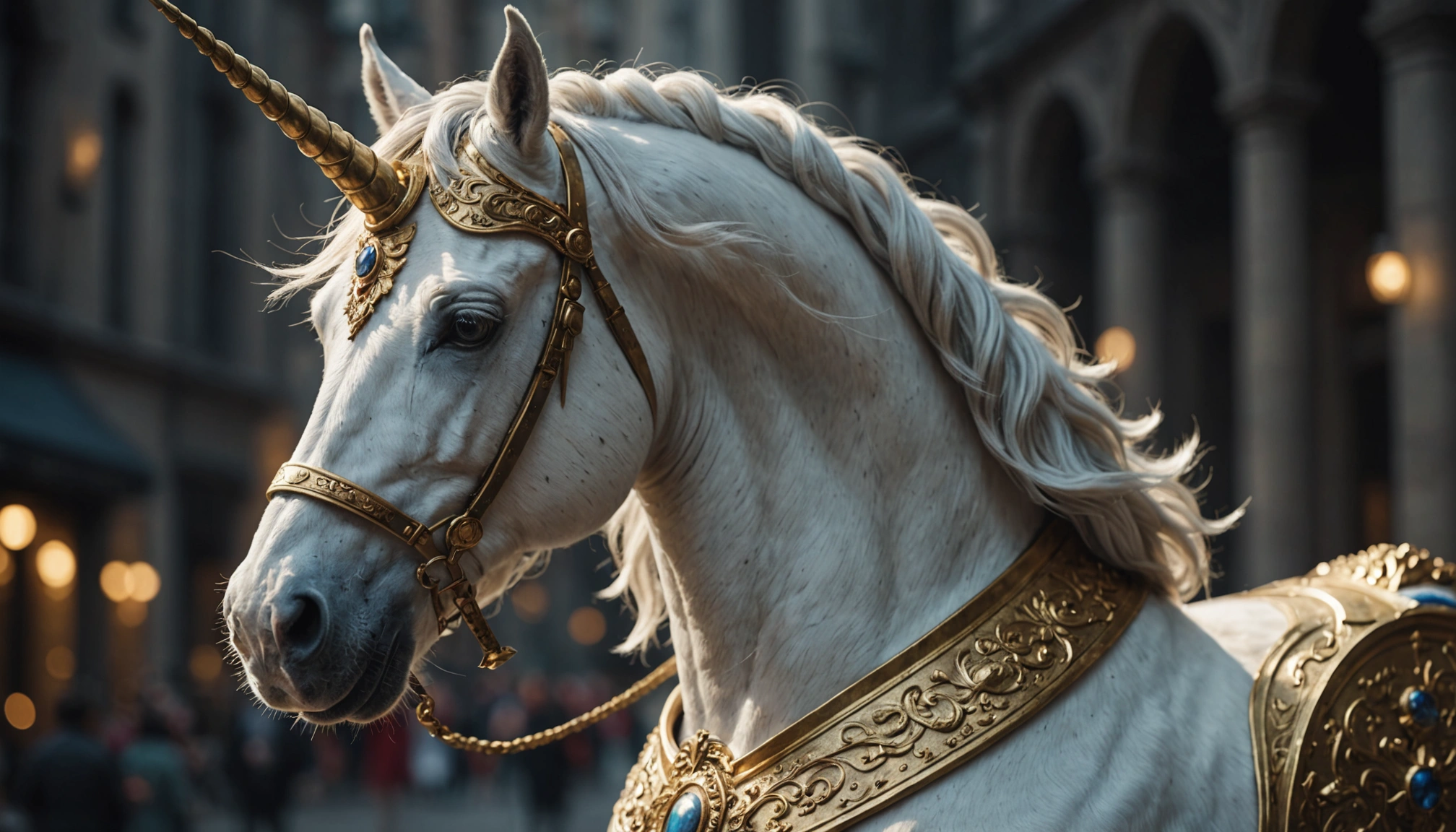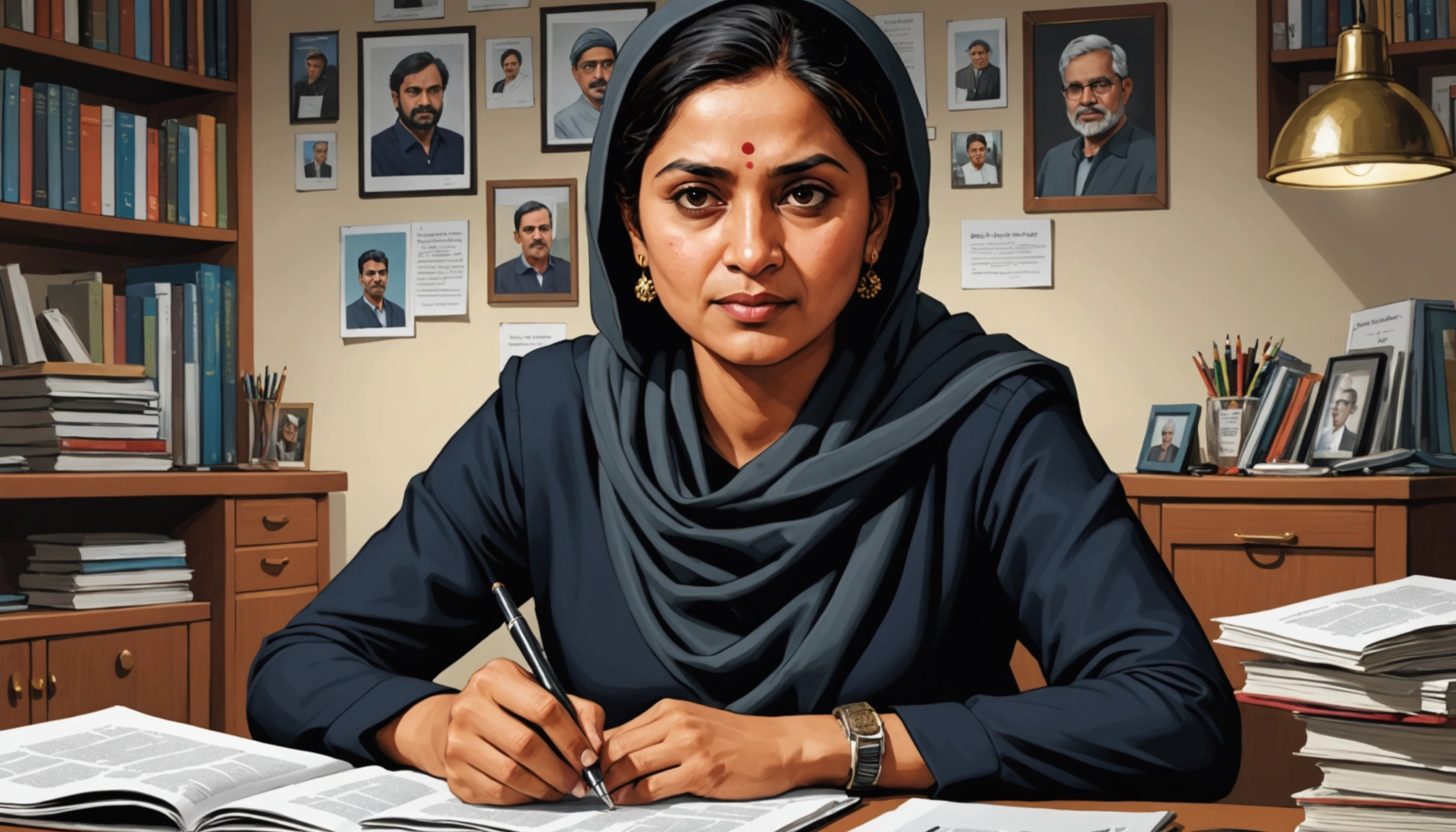The Enduring Allure of the Unicorn in Art: A Symbol Through the Ages

The unicorn, a mythical creature often depicted as a white horse with a single spiraling horn, has captivated the human imagination for millennia. Far from being a mere figment of fantasy, the unicorn has served as a potent symbol in art across cultures and eras, embodying ideals of purity, power, love, and even divinity. From ancient seals to modern masterpieces, the unicorn's enduring presence reflects humanity's persistent fascination with the mystical and the marvelous.
Ancient Origins and Shifting Symbolism
The earliest known depictions of unicorn-like creatures date back to the Indus Valley Civilization (c. 2600-1900 BCE), where they appear on seals used for trade and possibly religious purposes. While some scholars believe these images represent aurochs or antelopes depicted in profile, the consistent presence of a single horn suggests a deliberate symbolic choice. These early representations may have been associated with fertility and rain, vital elements for the agricultural society of the Indus Valley.
The unicorn found its way into Western consciousness through ancient Greek accounts. The Greek physician Ctesias, in his writings around 400 BCE, described a unicorn-like animal from India, whose horn was believed to possess medicinal properties, capable of preventing epilepsy and neutralizing poisons. This association with healing and protection would persist throughout the unicorn's symbolic journey.
During the Middle Ages, the unicorn's symbolism became deeply intertwined with Christian beliefs. It was often interpreted as an allegory for Christ, with its capture by a virgin representing the Annunciation and the Incarnation. The unicorn's horn was seen as a symbol of God's power, and its purity mirrored that of the Virgin Mary. This religious symbolism is evident in numerous artworks of the period, where the unicorn is depicted alongside the Virgin Mary or in scenes alluding to Christ's sacrifice.
The Unicorn Tapestries: A Medieval Masterpiece
Perhaps the most iconic representations of the unicorn in art are the Unicorn Tapestries, a series of seven tapestries created in the South Netherlands around 1495–1505. These lavish tapestries, now housed at The Met Cloisters in New York, depict a group of noblemen and hunters pursuing a unicorn through an idealized French landscape.
The tapestries are rich in symbolism, with every plant, animal, and gesture carrying specific meaning. The unicorn itself is a multifaceted symbol, representing Christ, a lover, or a newlywed husband. The hunt for the unicorn can be interpreted as a metaphor for the pursuit of love, the trials of marriage, or the passion of Christ.
The "Unicorn Tapestries" are woven with fine wool and silk with silver and gilded threads. The vibrant colors, still evident today, were produced from dye plants: weld (yellow), madder (red), and woad (blue). The tapestries were likely designed in Paris, produced in Brussels or Liège, and for centuries were owned by the La Rochefoucauld family before being purchased by John D. Rockefeller, Jr., who donated them to The Met Cloisters in 1937.
Renaissance Revival and Secular Symbolism
The unicorn continued to be a popular subject in Renaissance art, often appearing in portraits and allegorical scenes. In Raphael's "Lady with a Unicorn" (c. 1505), the unicorn is depicted as a small, dog-like creature held by a noblewoman, symbolizing her purity and virtue. Similarly, in Domenichino's fresco "The Virgin with the Unicorn" (1604-1605), the unicorn is a symbol of chastity and divine grace.
During the Renaissance, the unicorn also acquired more secular meanings, becoming emblematic of chaste love, faithful marriage, and even royalty. In Scotland, the unicorn became a national symbol, appearing on the royal coat of arms and representing purity, innocence, and power.
Modern Interpretations and Enduring Fascination
The unicorn's appeal has not waned in modern times. Artists continue to employ the unicorn motif in diverse ways, both emulating historical representations and revamping the creature to reflect contemporary ideas and styles.
Surrealist artists like Remedios Varo and Salvador Dali incorporated unicorns into their dreamlike landscapes, exploring themes of fantasy, desire, and the subconscious. Contemporary artists, such as Damien Hirst, have used the unicorn in provocative ways, challenging traditional notions of beauty and mortality.
Today, the unicorn has experienced a resurgence in popular culture, appearing on everything from children's toys to fashion accessories. It has also become a symbol of the LGBTQI+ community, representing inclusivity, individuality, and the celebration of difference.
A Symbol for the Ages
The unicorn's enduring presence in art is a testament to its power as a symbol. It embodies a range of human ideals and aspirations, from purity and grace to power and freedom. Whether interpreted as a religious allegory, a symbol of love, or a celebration of individuality, the unicorn continues to inspire artists and captivate audiences across the globe. As long as humans yearn for the magical and the transcendent, the unicorn will likely remain a potent and beloved symbol in art and culture.
Related Articles

Japan's Animation Industry Embraces AI to Combat Labor Shortages and Boost Creativity

